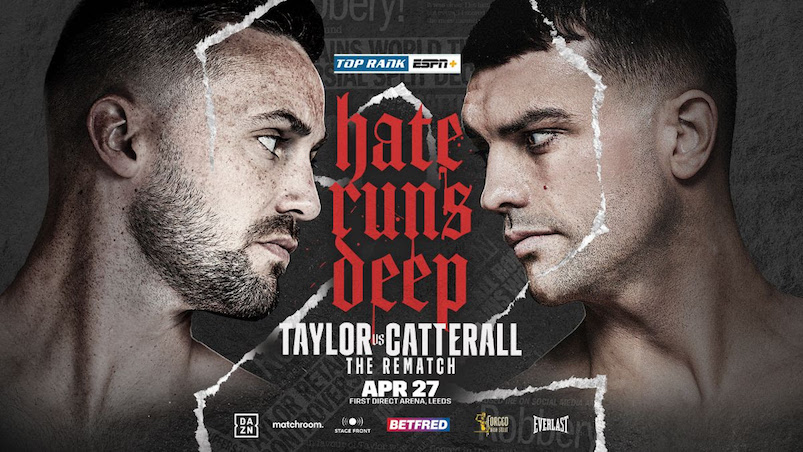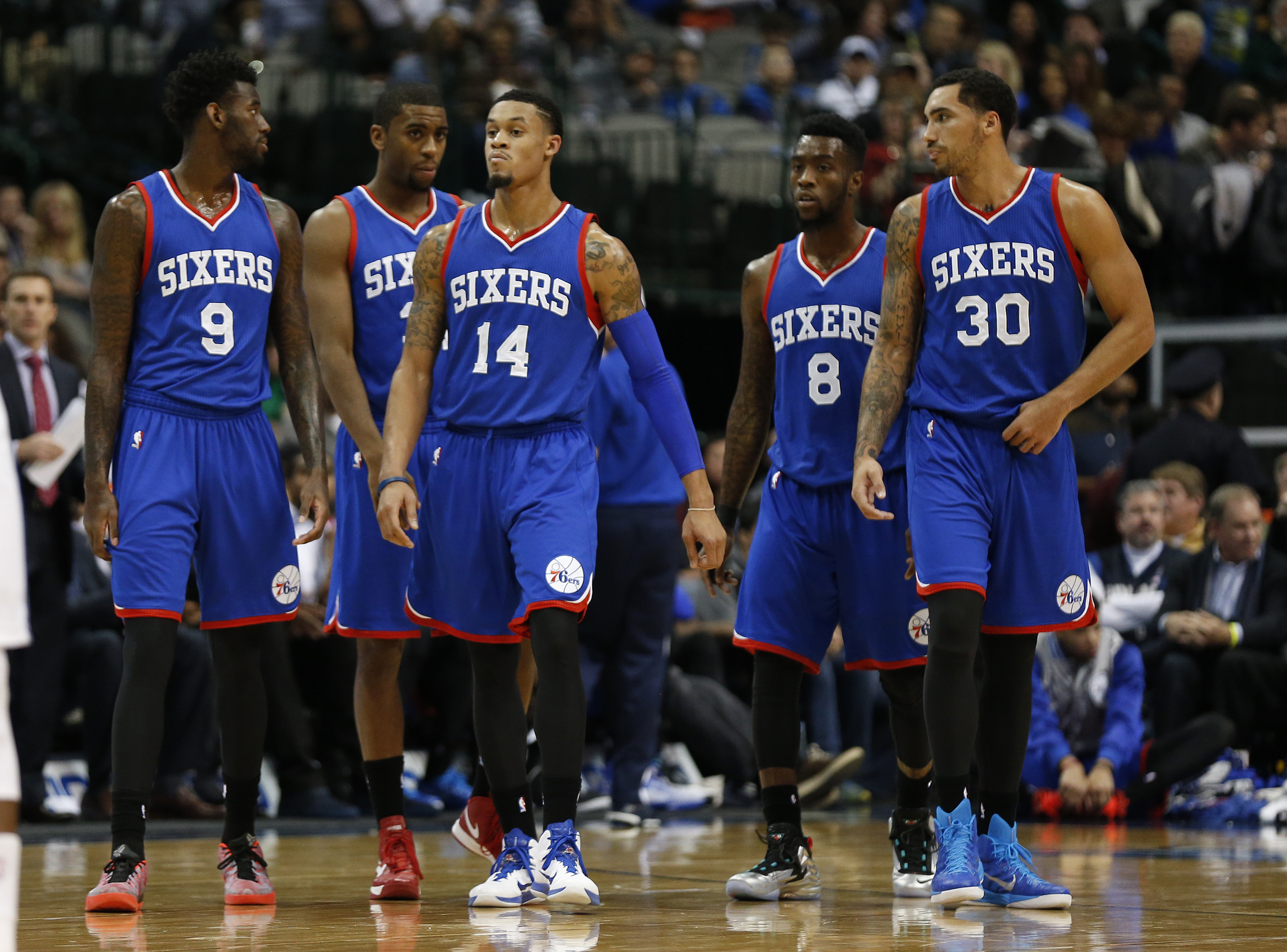The isolation: a lost art. Well, not if you ask the Houston Rockets. But the Sixers? Gone are the days of Allen Iverson single handedly willing the Sixers to victory. Now is the time of ball movement. As they have for much of the season, the Sixers lead league in passes made per game with 346.3, 14 more than the next highest team in the Atlanta Hawks.
In a lot of ways, it’s a beneficial characteristic of the team. There’s not a player on the Sixers I would label “selfish”, and it seems the roster feels the same about each other. When a player knows there’s a good chance he’ll touch the ball on any given possession, he’s more likely to give the ball up when it’s in the team’s best interest, passing on a low efficiency scoring situation.
But there are teams in the NBA that are able to turn it on defensively when it matters, specifically in the 4th quarter and in the playoffs. Defensively disciplined teams make it tougher to pass your way into wide open 3PTs. And with a team in the Sixers, who have continuously experimented with rotations and adding/replacing players on the roster, the more you pass, the more potential is created for turnovers. In these situations, isolation scoring would be one way to soften the defense. It hasn’t been much of a problem, but in the playoffs, it would behoove the Sixers to be able to isolate in the right situations.
Now, I’m not advocating the Sixers abandon their system to go 2000’s style hero ball. But the thing is, the Sixers never iso, relatively speaking. They resolve to iso scoring just 4.1% of the time, the lowest frequency in the NBA. Again, this in and of itself isn’t a bad thing. Quite the opposite. Especially considering the Sixers don’t have a proficient isolation scorer. But that’s really the crux of the issue: the Sixers have no isolation scorer. The result is that the Sixers find themselves tied for 6th worst points per play out of isolations, at 0.83. They’re behind only tanking teams and the Denver Nuggets.
The Houston Rockets iso more than any other team in the league, and do so more efficiently than any other team in the league. It’s taken them to the top of the standings. But the Rockets aren’t the only team making the most of their isolations. The Golden State Warriors iso at a just-below-league-average rate of 6.5% of their possessions. Yet, they are 4th in the NBA in points per play from isolation with 0.97, and 6th in scoring frequency with 44.6%. Another conference leader, the Toronto Raptors, revert to isolation 5.7% of the time, which is less than 21 other teams. Like the Warriors and the Rockets, the Raptors efficiency when doing so is in elite fashion: their 1.01 points per play is tied for 2nd in the NBA and their scoring frequency of 46.7% is 2nd as well. What do all of these teams have in common? Well, they’re the 3 best teams in the Association.
It’s much easier to convert isos when you’re rocking out with Kevin Durant, Steph Curry, Kyle Lowry or DeMar DeRozan. The Warriors and the Raptors though, employ similar ball movement styles to the Sixers’. And their ability to score from isolation attacks improves their spacing and ball movement, even though they aren’t doing so (isolating) at even average rates.
The Sixers need to be able to threaten one-on-one more frequently. Ben Simmons, at times, takes his man to the the rim with ease. But we’ve seen so many times, that instead of finishing hard through contact (just over 4 FTA per game), Simmons turns to a drop step, and then spins back around for a hook shot or kicks out. While Simmons has showed incredible ability to kick out to the open shooter or obtain a hockey assist, he might not have as many opportunities come playoff time. Many teams will stick their best defender on Simmons, move up into his grill, and instruct their perimeter defenders to attach themselves at the hip to the likes of JJ Redick, Robert Covington and Dario Saric.
Simmons being able to score reliably from isolations would only enhance Brown’s ball movement heavy system, as contradictory as that might sound. It’s not the frequency that matters so much, but the threat. Think of it like 3PT shooting: you can often survive with an off night or low volume night from 3PT distance so long as the shooters are truly a threat and therefore create spacing. For Ben to threaten one-on-one, a few things need to happen:
He needs to attempt and convert more shots at the rim off the drive
He needs to get to the line more often
He needs to be able to convert dribble pull ups
What are the chances that happens overnight? Likely zero. It’s going to take serious devotion in the offseason to improve all 3 aspects. However, Simmons can become more aggressive on his attacks to the rim this season. I’m not suggesting he overhaul his approach to offense - he actually isos somewhat frequently at 9.2%. It’s his efficiency that can improve, with his rate at 0.89 points per play. If he can establish himself as a legitimate attacker from isolation, he’ll draw more attention from defenses and away from perimeter shooters or cutters - specifically when off-ball motions aren’t creating separation.
Because Simmons isn’t necessarily bad in isolation, the team could also benefit simply by adding another threat. What the Sixers need now, more than ever, is the return of Markelle Fultz coupled with Simmons’ ramped up aggression. No one knows how similar Sixers Fultz will be to Washington Fultz, but I think it’s fair to say the kid can get his own shot handling the ball in one-on-one situations. Fultz doesn’t need to iso everytime he touches the rock, but if he can put his isolated defender into fits? He’ll draw attention when driving to the hoop, opening up more passing and cutting lanes against teams trying to limit open looks from deep.
Isolation threats from Simmons and Fultz will have their ultimate benefit of creating easier scoring opportunities for Joel Embiid, who often needs to work his ass off for a bucket. If either Simmons and Fultz can get going downhill and draw double teams from bigs protecting the paint, Philly will become the new lob city.
The Sixers don’t need to score often from the isolation or even look for attempts to. But they need to prove they can. The dribble penetration will help space the floor even more, so long as the Sixers have daunting 3PT shooters spread around the perimeter and an aggressive cutter. The ball movement system Brown has established looks to exploit mismatches often. If the Sixers can establish mismatches to generate favorable isolations late in games, it will bring Brown’s system full circle.





